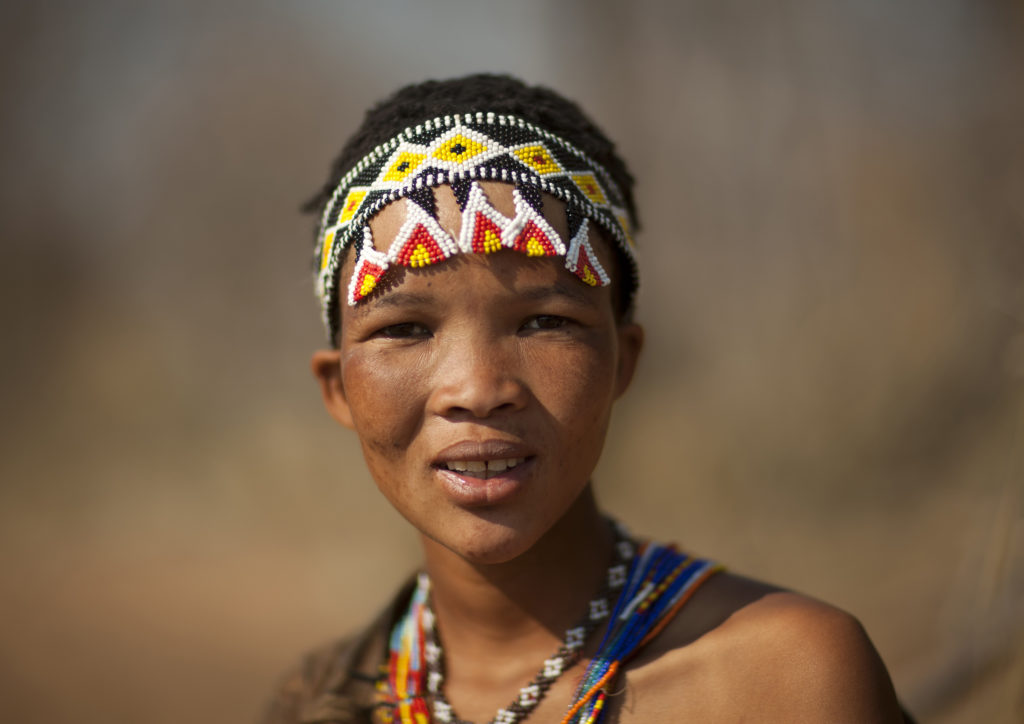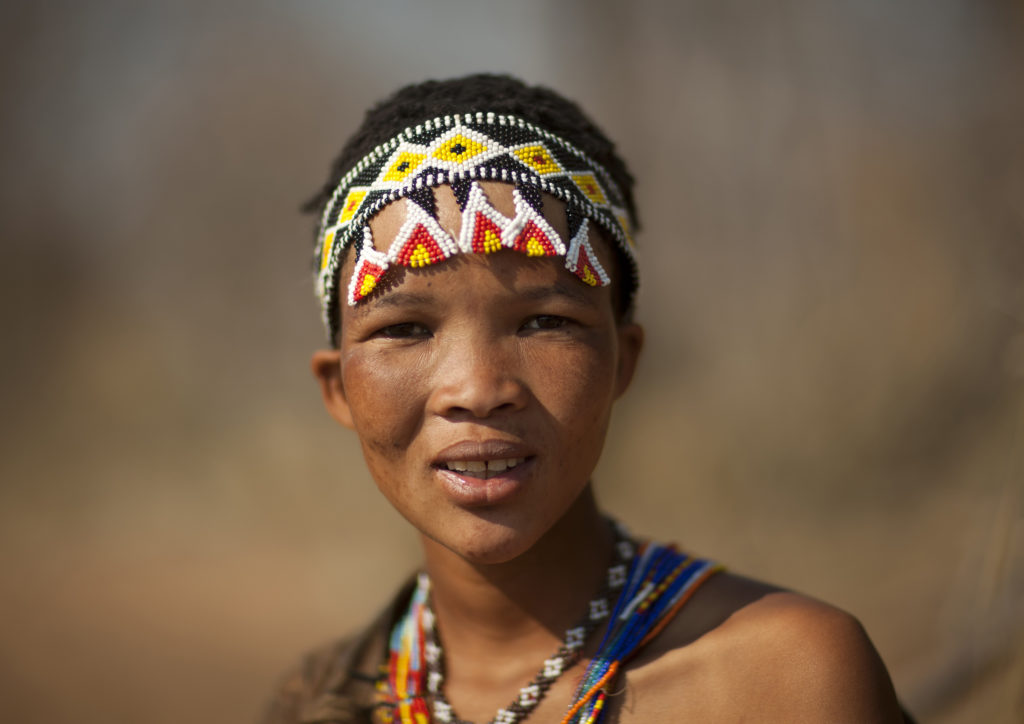You are using an out of date browser. It may not display this or other websites correctly.
You should upgrade or use an alternative browser.
You should upgrade or use an alternative browser.
Lupita Nyong DNA: predates the human race
- Thread starter Khanderson
- Start date
Cradle of modern human life found in Botswana…maybe
Searching for the homeland of the modern human species has been a fundamental quest in science and culture, particularly because we all carry genetic echoes from our original fathers and mothers.
Travel back in time far enough by poring over fossils and peering at genetic ancestry and the signs say all modern humans roaming the Earth came from Africa.
But Africa is an enormous continent featuring an overwhelming scope of geographical and cultural diversity. Today, anywhere between 1,000 to 2,000 languagesstretch from the Saharan desert across the mountain rainforests to the savannah grasslands.
So, where exactly did our modern ancestors come from, long before they spread to the farthest reaches of the world? Northeastern Botswana.
This region of the African nation is the answer that the journal Nature revealed Monday in a study that traced the origins of the deepest maternal lineage known to humans.
The project, conducted by a dozen scientists from three continents, claims that the mother of all modern humans living today — from New Zealand to New York — originated in this region of Africa 200,000 years ago.
The project, conducted by a dozen scientists from three continents, claims that the mother of all modern humans living today — from New Zealand to New York — originated in this region of Africa 200,000 years ago.
“We have known for a long time that modern humans originated in Africa,” Vanessa Hayes, a geneticist at the Garvan Institute of Medical Research who led the study, said at a press briefing last Thursday. “What we hadn’t known until this study was where exactly this homeland was.”
The team combined genetic ancestry tracing with climate modeling to paint a picture of how our ancient mothers must have lived. This northern portion of Botswana — known as the Makgadikgadi basin — now contains arid salt flats, but the study says it was once a lush wetland, filled with enough animals and edible vegetation to sustain our hunter-gatherer ancestors.
This legacy carries on today in the way the Khoisan live. They are a group of hunter-gatherers who still inhabit this region and whose voluntary DNA contributions made the study’s discovery possible.
But before booking a flight to visit this motherland of all motherlands, it’s important to know that not all anthropologists and archaeologists believe this is the cradle of life. The debate has arisen because genetics appear to indicate one thing about human history, but fossils and artifacts point to something completely different.
For nearly a decade, scientists believed our human species — Homo sapiens — came from in Africa because the oldest fossils bearing our resemblance date back 200,000 years. But those specimens — known as the Omo remains — were discovered in Ethiopia, thousands of miles north of the newly proposed homeland in Botswana.
Moreover, the Omo fossils lost their mantle as the oldest known sapiens when a 300,000-year-old skull found even farther away — Morocco — was unveiled in 2017. That’s 100,000 years older than the date scientists have proposed for the Botswana origins.
So how can our DNA paint one picture of our origins, while bones paint another? Well, discovering the origin of modern humans involves more than tracing your maternal heritage.
What the study did
People often speak about “DNA” as though it is a singular entity, but human cells actually contain two types of this genetic material. “Nuclear” DNA, found in a cell’s nucleus, contains the information that defines most of human existence — eye color, hair color, height, mental capacity.But a small fraction of DNA is housed in another part of your cells, the mitochondria. Mitochondrial DNA allows mitochondria to perform their key task of making energy.
Mitochondrial DNA is also special because you only inherit it from your mother, unlike nuclear DNA which is a mixture from both parents. Mitochondrial DNA can also serve as an ancestry stopwatch because it mutates 10 times faster than nuclear DNA, about once every 8,000 years.
Let’s say our moms are sisters, and yours develops a random mutation in her mitochondrial, while mine doesn’t. Your family’s mitochondrial blueprint will be forever different than mine. That single mutation serves as a fork in the road of our ancestry — one that can now be traced backwards through time (and space if our families move away from each other).
Since the late-1980s, geneticists have known that if you collect enough human samples from enough places in the world, then mitochondrial DNA can be used to trace maternal heritage from today back to the time when we diverged from our most recent common ancestor, which some refer to as Mitochondrial Eve.
Over the years, as more genetic information was collected from more people, this Mitochondrial Eve– whose mitochondrial DNA profile is dubbed the “L0 haplogroup” — has been traced closer and closer to southern Africa, landing squarely among the click-speaking Khoisan people.

A Khoisan woman in Namibia on August 22, 2010. The Khoisan are an ethnic group of southwest Africa. They live in the Kalahari Desert across the borders of Botswana, Namibia, Angola and South Africa. Most live in Botswana, and they have a foraging lifestyle based on the hunting of wild animals and the gathering of veld food. Their lifestyle is particularly adapted to the hard conditions of the Kalahari Desert. Photo by Eric LAFFORGUE/Gamma-Rapho via Getty Images
But Khoisan remains and archaeological sites stretch across the region — from below the Zambezi river and Okavango Delta in northern Botswana to the southernmost tip of Africa. Over hundreds of years, this area has been influenced by migrants, such as non-click speaking Bantu cultures from central Africa — making the genetic picture murky.
“The first effort [of the study] was to seek out people who do not identify as Khoisan, but could potentially be carrying the oldest L0 haplogroup,” said Eva Chan, a bioinformatics scientist in the Human Comparative and Prostate Cancer Genomics Lab at The Garvan Institute of Medical Research, who co-authored the study.
So, Chan, Hayes and their colleagues collected 198 new DNA samples from southern Africans and compared them with about 1,000 previously collected genetic profiles from the region.
What the study found
Their results show that mitochondrial Eve — which statistically speaking is not one woman, but a group of closely related women — emerged approximately 200,000 years ago in the Makgadikgadi basin.Based on their genetic data, the first families stayed in this region for 70,000 years.
“There was once a very large lake there… It stretched all the way from Namibia, across Botswana and into Zimbabwe,” Hayes said, adding that it was bigger than Lake Victoria — Africa’s largest lake.
The team proposes that by the time Mitochondrial Eve and her modern human offspring appeared in this region 200,000 years ago, Lake Makgadikgadi would have started breaking up into smaller bodies of water, creating a wetland.
Based on their genetic data, the first families stayed in this region for 70,000 years.

Cradle of modern human life found in Botswana...maybe
The motherland of all motherlands has been genetically pinpointed in northern Botswana, but is it truly the source of modern humans?

Your title doesn't match what the video is saying, walaal
go to 00:39

I find her pretty don’t know why they call her ugly
Nilotic
VIP
go to 00:39



Predating all Eurasian populations doesn't equal predating the human race; homo-sapien humans were only found in Africa at that point.
Nah, I can already see the comments….

the Englishman did not react well when the first English men was announced black:
Predating all Eurasian populations doesn't equal predating the human race; homo-sapien humans were only found in Africa at that point.
I didn’t say that; she did.
you’re arguing with her not me.
She is absolutely beautifulI find her pretty don’t know why they call her ugly
It's pretty well known that Nilo-Saharans and Khoisan people have people within their population with the oldest haplogroup markers. It's pretty interesting tbh.
